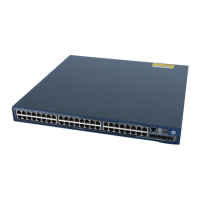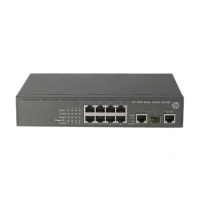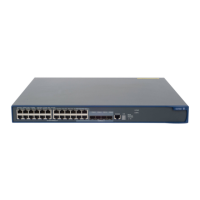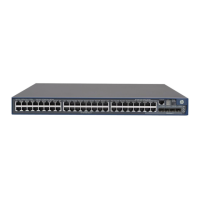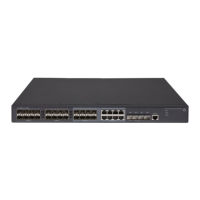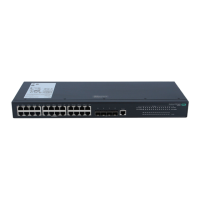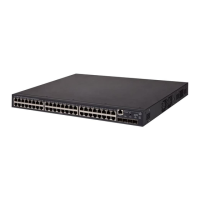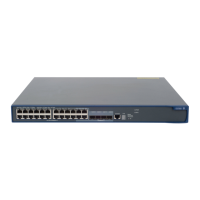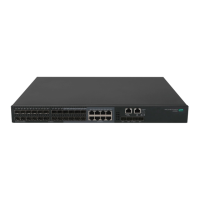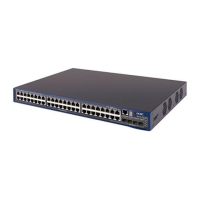31
LACP
The IEEE 802.3ad Link Aggregation Control Protocol (LACP) enables dynamic aggregation of physical
links. It uses link aggregation control protocol data units (LACPDUs) for exchanging aggregation
information between LACP-enabled devices.
1. LACP functions
The IEEE 802.3ad LACP offers basic LACP functions and extended LACP functions, as described in Table
3.
Table 3 Basic and extended LACP functions
Implemented through the basic LACPDU fields, including the system LACP priority,
system MAC address, port LACP priority, port number, and operational key.
Each member port in a LACP-enabled aggregation group exchanges the
preceding information with its peer. When a member port receives an LACPDU, it
compares the received information with the information received on the other
member ports. In this way, the two systems reach an agreement on which ports
should be placed in the Selected state.
Implemented by extending the LACPDU with new Type/Length/Value (TLV) fields.
This is how the LACP multi-active detection (MAD) mechanism of the Intelligent
Resilient Framework (IRF) feature is implemented. An A5120 EI Switch Series can
participate in LACP MAD as either an IRF member switch or an intermediate
device.
NOTE:
For more information about IRF, member switches, intermediate devices, and the LACP MAD
mechanism, see the
IRF Configuration Guide
.
2. LACP priorities
LACP priorities have two types: system LACP priority and port LACP priority.
Table 4 LACP priorities
Used by two peer devices (or systems) to determine which one is
superior in link aggregation.
In dynamic link aggregation, the system that has higher system LACP
priority sets the Selected state of member ports on its side first, and
then the system that has lower priority sets the port state accordingly.
The smaller the
priority value,
the higher the
priority.
Determines the likelihood of a member port to be selected on a
system. The higher the port LACP priority, the higher the likelihood.
3. LACP timeout interval
The LACP timeout interval specifies how long a member port waits to receive LACPDUs from the peer
port. If a local member port fails to receive LACPDUs from the peer within three times the LACP timeout
interval, the member port assumes that the peer port has failed. You can configure the LACP timeout
interval as either the short timeout interval (1 second) or the long timeout interval (30 seconds).
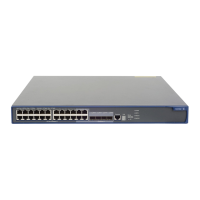
